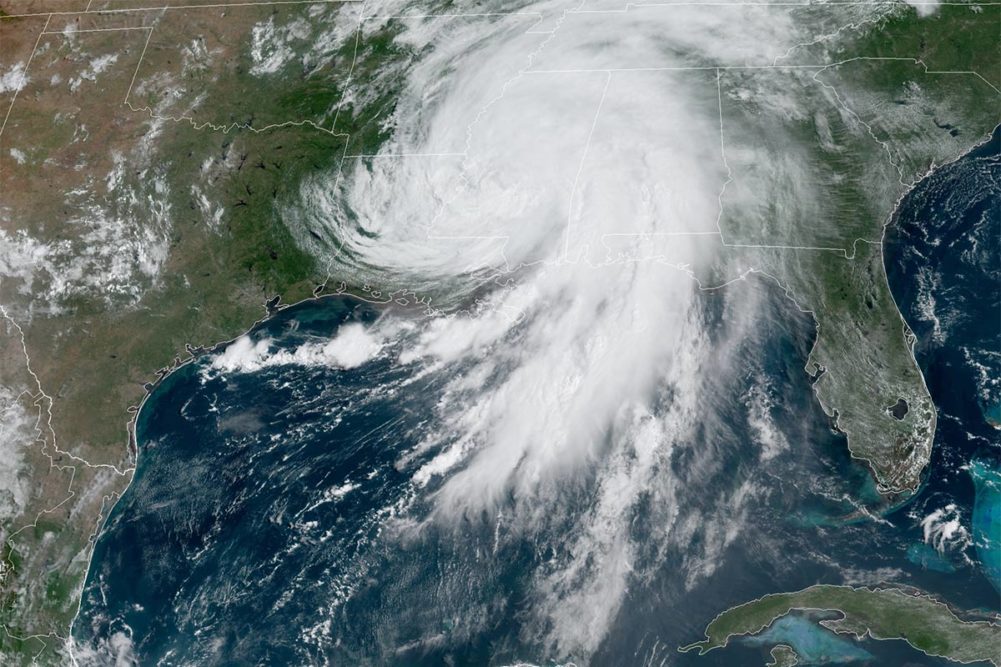NEW ORLEANS, LOUISIANA, US — Packing 150 mph winds and punishing rains, Hurricane Ida made landfall Sunday, the 16th anniversary of the deadly Hurricane Katrina, leaving all of New Orleans without power.
After crossing the warmest, deepest portion of the Gulf of Mexico, Hurricane Ida hit the continental United States at Port Fourchon, La., south of New Orleans, at mid-day Sunday as a Category 4 hurricane, the second-highest designation. The storm then moved north into southwestern Mississippi. By Monday morning, Ida was downgraded to a tropical storm as it continued a northward path with winds of about 45 miles per hour.
One official death was reported so far, but officials suspected more were likely. Louisiana residents were bracing for storm surges in Ida’s wake.
The hurricane also brought potential destruction to the food industry, as the Mississippi River, which flows into the Gulf at New Orleans, has numerous agricultural export elevators along its banks. Loading and inspection of bulk shipments of corn, soybeans, and wheat for export takes place at elevators owned by Archer-Daniels-Midland, Cargill, CHS, Bunge and Zen Noh. All were in the direct path of Hurricane Ida.
ADM and Bunge announced their elevators were closed ahead of the storm to ensure employee safety. Eight or more bulk carriers were in the storm’s path as well. With China the largest recipient at about 14.5 million tons in 2021, 59% of US seaborne shipments by bulk carrier flowed down the Mississippi this year.




